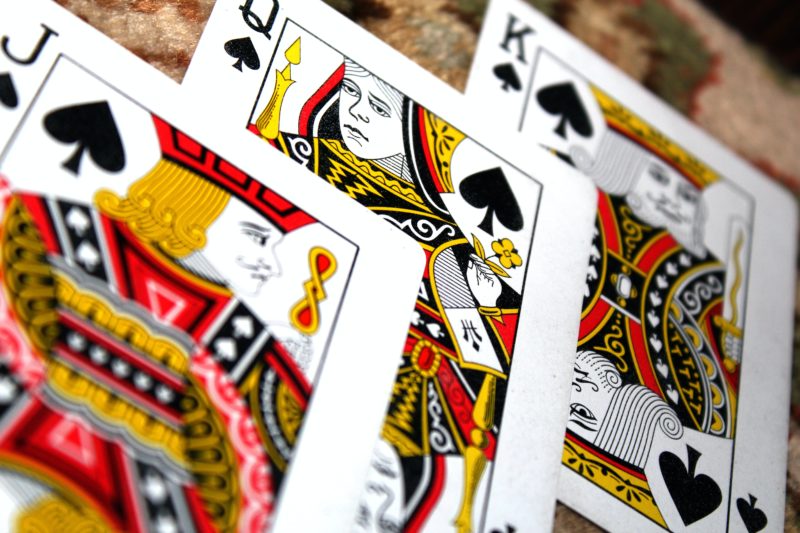As an online bridge player, I still love the look and tactile feel of an actual card deck. I’m sure while writing this sentence that there are many players out there who can say they feel the same!

Do you collect fine, rare, or vintage decks?
Have you seen something cool that you might like to buy?
Stop right there!
Authentication is one of the most important factors when purchasing cards or decks. How do you know that it’s the real thing, and do you know how to verify this?
If the deck you are buying claims to be rare, vintage, or limited, it’s worth checking up before forking over any of your hard-earned cash or trades.
Believe it or not, fakery and foolery is all too common, especially when the price of the deck is high.
Here’s a look at how to authenticate and date playing or trading cards – and links to the best detailed guides for the card collector.
1. For official bicycle/USPCC decks
A great deal of decks made by USPCC/Bicycle are rare or collectable, and might be very valuable when found in the best condition.
How can you tell whether the serial number matches up with what it claims to be?
From BicycleCards.org, see the following guide on how to date your decks by their Dating Code (and what each code means for your cards).
2. Can you spot reprints or counterfeits?
Reprints are just one thing that can make a trading card less valuable, and a bad-buy if it claims to be anything else.
Reprints are not counterfeit, but worth less. Counterfeits, on the other hand, are deliberate fakes – and not only worth nothing, but also illegal to buy or sell.
While digging for this article, I found a handy link that applies to sports collecting, but would also apply to other trading card brands in its method.
See this article for more information on Sports Collectors Daily.
When compared side-by-side, it’s often easier to see the subtle differences between what’s real, reprinted, and fake.
